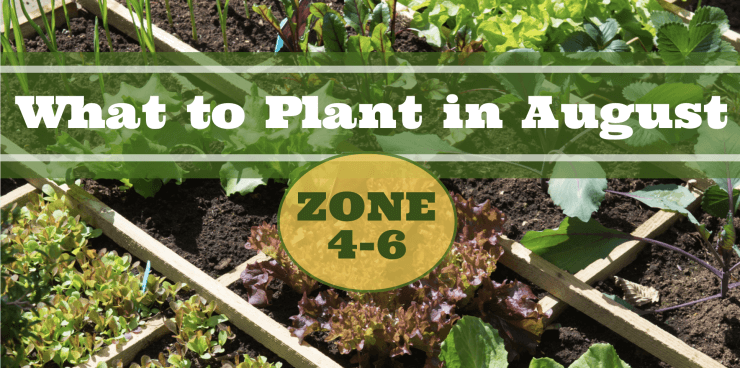
As we all know, August can be a tricky month for gardening, with scorching temperatures and unpredictable weather patterns. But fear not! With a little know-how and some careful planning, you can still create a thriving garden that will provide you with a bountiful harvest well into the fall.
You’re probably thinking that August, being the hottest month of the year, seems like a crazy time to start planting, but actually, August is the perfect time to start your fall garden and plant certain crops, depending on your USDA hardiness zone.
So, grab your gardening gloves, and let’s get ready to dig in! I’ve put together three lists of the best plants to grow in August, tailored specifically to your USDA zone. These lists are chock-full of hardy, heat-loving crops that will not only survive but thrive in the late summer heat. Whether you’re a seasoned pro or a newbie just starting out, there’s something here for everyone. So, let’s get ready to plant, grow, and harvest our way to a delicious and bountiful August garden together!
What to Plant in USDA Zones 4-6 in August
If you live in zones 4-6, you’re no stranger to chilly winters and short growing seasons. But don’t let that stop you from planting a bountiful August garden! Here are some hardy plants that will thrive in your climate and work great for a fall garden, especially when planted toward the end of August or when the month is beginning to cool down.
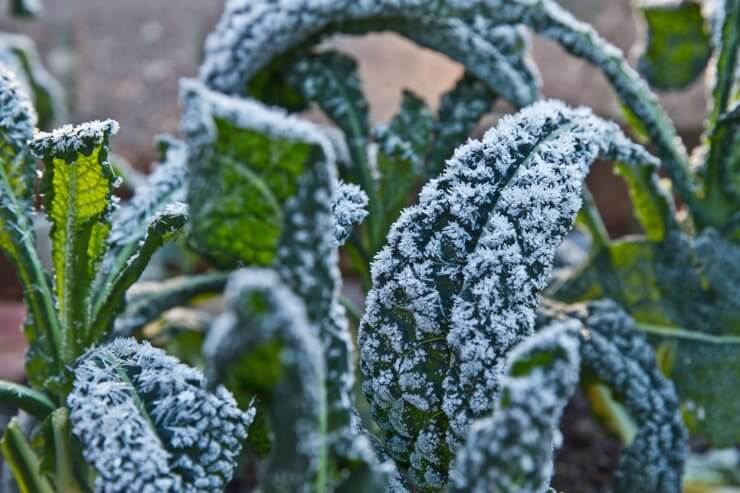
Kale
Kale is a nutrient-dense, cold-hardy leafy green that comes in various textures and colors. It’s rich in vitamins A, C, and K, as well as antioxidants. Kale can be planted in August because it thrives in cooler temperatures and can even withstand light frosts, making it perfect for fall gardens. The cooler weather towards the end of summer actually enhances its flavor, making the leaves sweeter and more tender. Learn more about growing kale in our Kale Gardening Guide.
Carrots
Carrots are root vegetables known for their bright orange color and sweet, crunchy texture. They’re packed with beta-carotene, fiber, and various vitamins and minerals. August is an ideal time to plant carrots because they prefer cooler soil temperatures for germination. The warm days and cool nights of late summer provide perfect conditions for carrot growth, allowing them to develop their signature sweetness before the first frost. Learn more about carrots in our Carrots Gardening Guide.
Beets
Beets are vibrant root vegetables that come in various colors, from deep red to golden yellow. Both their roots and leaves are edible and nutritious, rich in folate, manganese, and fiber. Beets can be planted in August because they’re cool-season crops that thrive in temperatures between 50-65°F. The cooling soil temperatures of late summer provide ideal conditions for beet seed germination and root development. Learn more about beets in our Beets Gardening Guide.
Radishes
Radishes are fast-growing root vegetables known for their crisp texture and peppery flavor. They’re low in calories but high in vitamin C and fiber. August is an excellent time to plant radishes because they mature quickly (often in just 3-4 weeks) and prefer cooler temperatures. The warm days and cool nights of late summer create ideal growing conditions, allowing you to enjoy multiple harvests before winter sets in. Learn more about radishes in our Radishes Gardening Guide.
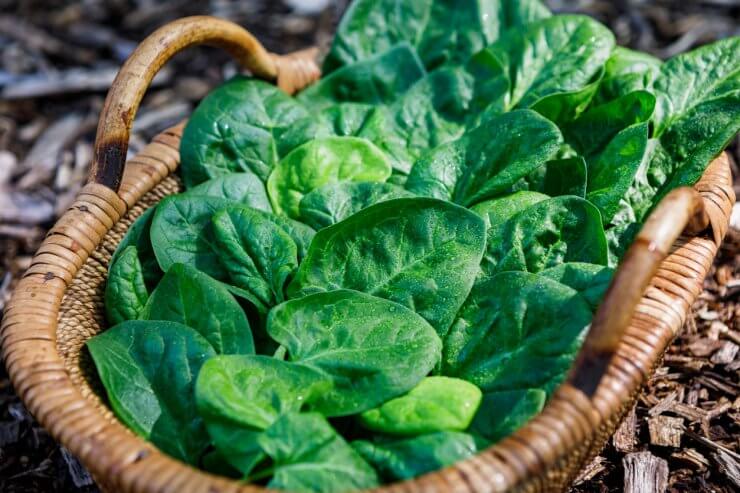
Spinach
Spinach is a nutrient-packed leafy green, rich in iron, vitamins A and C, and antioxidants. It has a mild, slightly sweet flavor and tender leaves. Spinach can be planted in August because it’s a cool-season crop that grows best when temperatures are between 50-70°F. The cooler nights of late summer provide perfect conditions for spinach to thrive without bolting, resulting in a longer harvest period. Learn more about growing spinach in our Spinach Gardening Guide.
Swiss Chard
Swiss chard is a colorful leafy green with vibrant stems that can range from white to yellow, red, or pink. It’s packed with vitamins A, C, and K, as well as minerals like magnesium and potassium. August is a great time to plant Swiss chard because it’s tolerant of both heat and cold. As temperatures begin to cool, Swiss chard will thrive, providing a continuous harvest of nutritious leaves well into the fall and even early winter in some regions.
Turnips
Turnips are versatile root vegetables with edible roots and greens. They’re low in calories but high in vitamins C and K, and are a good source of fiber. Planting turnips in August is ideal because they prefer cooler temperatures for root development. The warm soil of late summer promotes quick germination, while the cooling temperatures as fall approaches encourage the formation of sweet, tender roots.
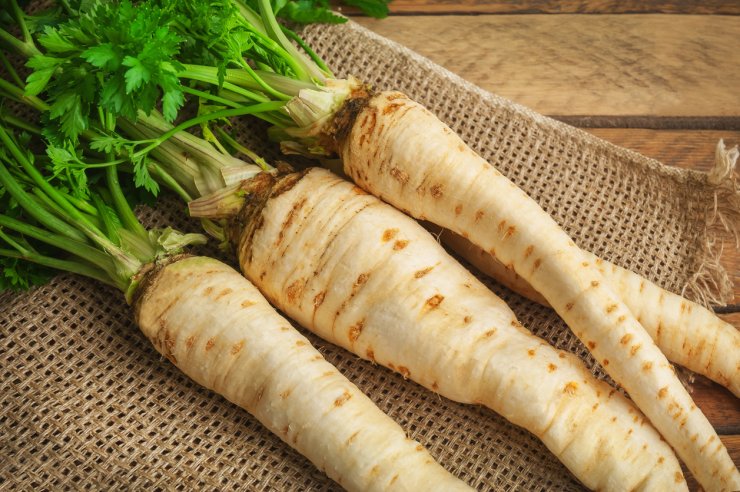
Parsnips
Parsnips are root vegetables with a sweet, nutty flavor that intensifies after exposure to cold temperatures. They’re rich in fiber, vitamin C, and folate. August planting works well for parsnips because they have a long growing season (up to 130 days) and benefit from the warm soil for germination. As temperatures cool, the plants focus on root development, resulting in sweeter, more flavorful parsnips by harvest time.
Arugula
Arugula is a peppery, leafy green with a distinctive flavor. It’s low in calories but high in vitamins A, C, and K, as well as calcium. August is an excellent time to plant arugula because it’s a cool-season crop that grows quickly. The warm days and cool nights of late summer provide ideal growing conditions, allowing for multiple harvests before winter. Arugula can even tolerate light frosts, extending your harvest season.
Lettuce
Lettuce is a crisp, refreshing leafy green that comes in many varieties, from loose-leaf to head lettuce. It’s low in calories and a good source of vitamins A and K. Planting lettuce in August works well because it prefers cooler temperatures and can bolt (go to seed) in the heat of midsummer. The cooling temperatures of late summer and early fall provide perfect conditions for lettuce to thrive without becoming bitter. Learn more about growing lettuce in our Lettuce Growing Guide.
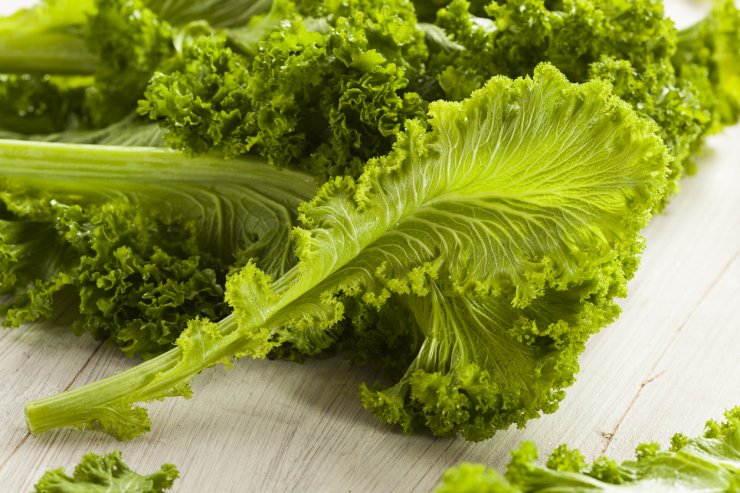
Mustard Greens
Mustard greens are zesty, slightly spicy leafy greens that are packed with vitamins A, C, and K, as well as antioxidants. They can be planted in August because they’re cool-season crops that grow quickly. The warm soil promotes fast germination, while the cooling temperatures as fall approaches help develop their signature peppery flavor without becoming overly bitter.
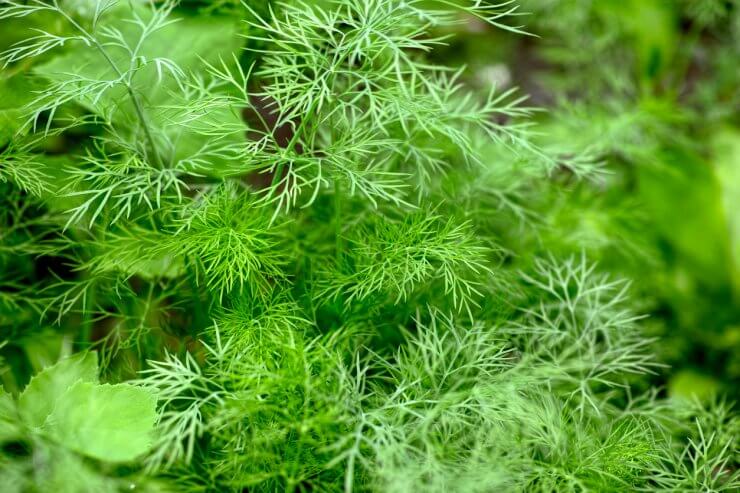
Dill
Dill is an aromatic herb with feathery leaves and a distinctive flavor. It’s rich in antioxidants and has antibacterial properties. August is a good time to plant dill because it prefers cooler temperatures and can bolt quickly in the heat of midsummer. The moderate temperatures of late summer provide ideal conditions for dill to grow without going to seed too quickly, allowing you to enjoy fresh dill well into the fall. Learn more about growing dill in our Dill Growing Guide.
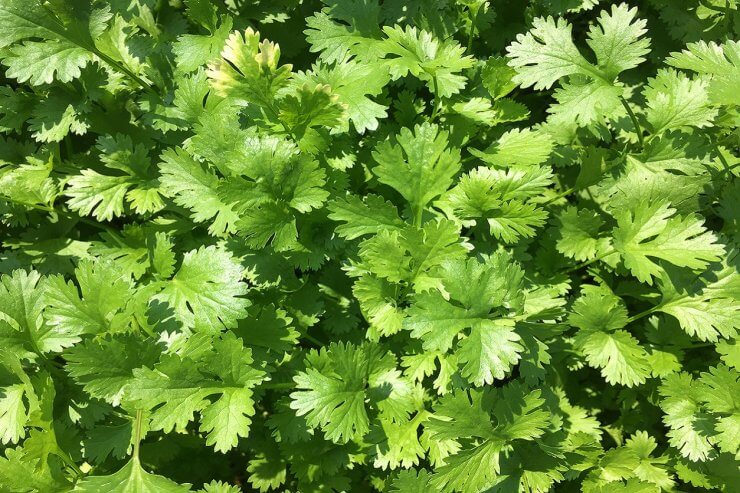
Cilantro
Cilantro is a fragrant herb with a unique flavor that’s widely used in various cuisines. It’s rich in vitamins A and K and has antioxidant properties. Planting cilantro in August is ideal because it’s a cool-season herb that can bolt quickly in hot weather. The cooling temperatures of late summer and early fall provide perfect growing conditions, allowing cilantro to develop lush, flavorful leaves without premature flowering. Learn more about growing cilantro in our Cilantro Growing Guide.
These cool-season crops can withstand a little frost and will provide you with a delicious harvest well into the fall. No matter which zone you call home, remember to keep your plants well-watered and mulched to help them withstand the August heat. And don’t forget to take a moment to sit back, relax, and enjoy the fruits (and veggies and herbs) of your labor!
What plants do you go to for planting in August in zones 4-6?


 Previous
Previous
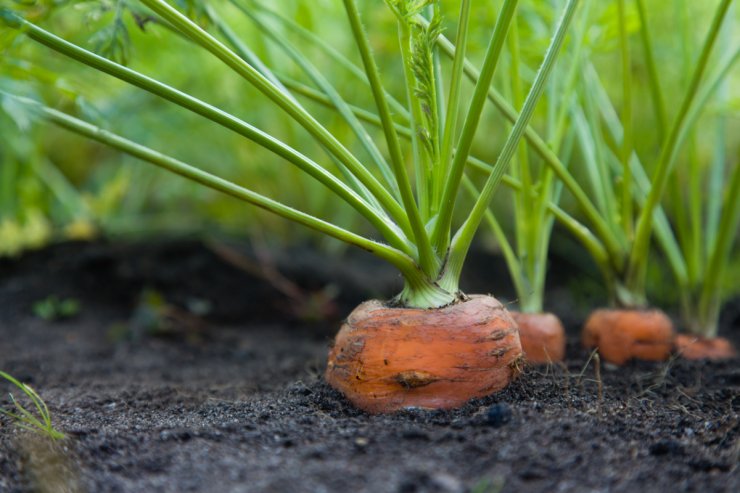
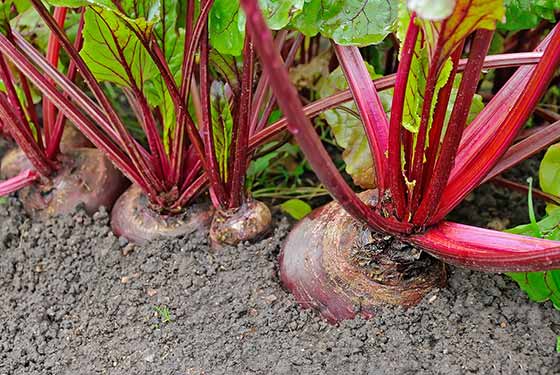
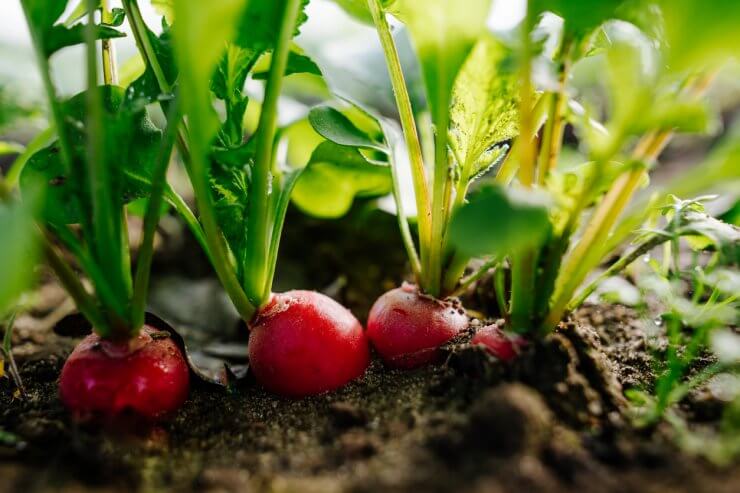
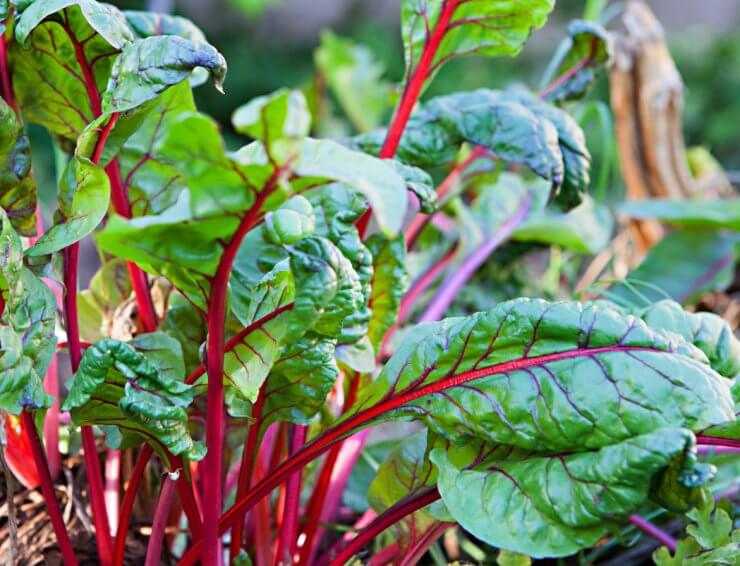
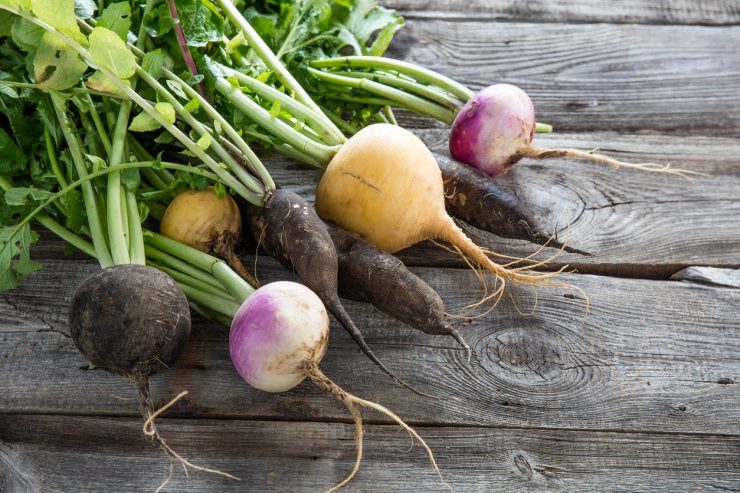
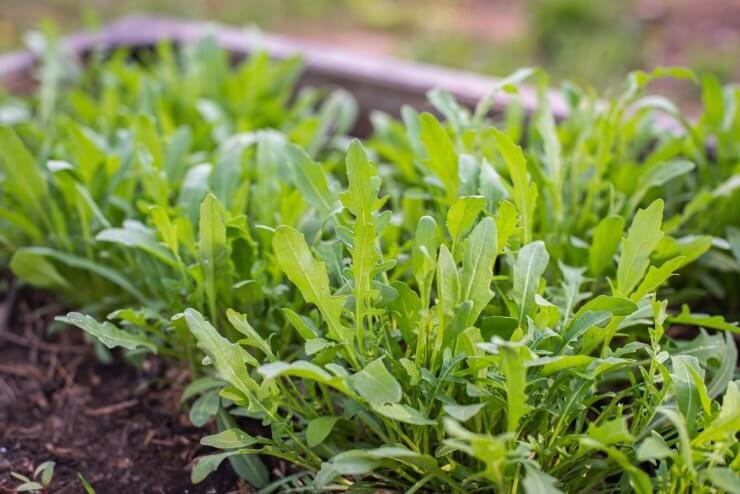
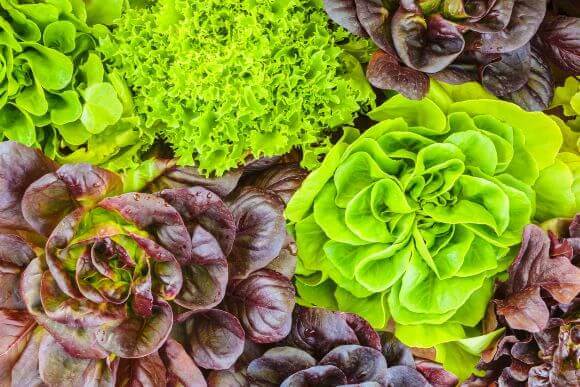


Can’t wait to start planting